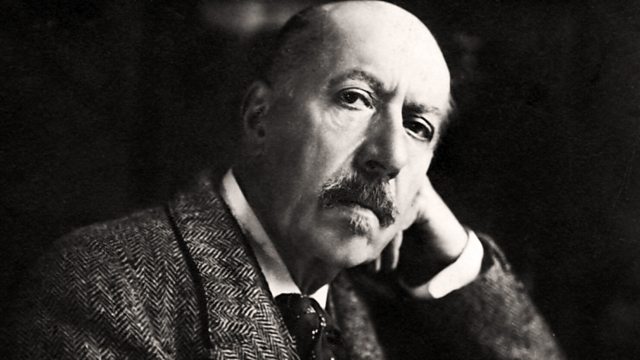Charles-Marie Widor (1844–1937) is best known as a master of the French organ school, a prolific composer, and a celebrated teacher. Although he is widely recognized for his Organ Symphonies, especially the famous Toccata from his Symphony for Organ No. 5, there is much more to this remarkable composer than his association with the organ. Here are five fascinating facts about Charles-Marie Widor that you might not know:
1. The Inventor of the “Organ Symphony”
Widor is credited with creating a new genre—the symphony for organ. While most organ compositions before him were shorter works, Widor expanded the scope of organ music, blending the power and range of the instrument with the structure of a symphony. His ten organ symphonies are among the most ambitious works ever written for the instrument, combining the majesty of orchestral symphonies with the technical demands of organ playing.
2. A Pioneer in Organ Design
Widor’s deep friendship with the renowned French organ builder Aristide Cavaillé-Coll had a profound impact on his music. Widor was fascinated by Cavaillé-Coll’s innovations in organ construction, which gave the instrument unprecedented expressive capabilities. Widor composed his organ works specifically for these advanced instruments, which allowed for greater dynamic range, tonal color, and complexity. His close collaboration with Cavaillé-Coll shaped the sound of French organ music in the late 19th and early 20th centuries.
3. A Long Tenure at Saint-Sulpice
Widor served as the organist of the magnificent Cavaillé-Coll organ at the Church of Saint-Sulpice in Paris for an extraordinary 64 years—from 1870 to 1934. This tenure is one of the longest in history for a major organ post. During his time at Saint-Sulpice, Widor influenced generations of organists, both through his performances and his teachings, cementing his legacy as a towering figure in organ music.
4. A Passionate Educator
In addition to his contributions as a composer and performer, Widor was an influential teacher. He taught at the Paris Conservatory, where he became professor of organ and later professor of composition. His students included some of the most significant musicians of the 20th century, such as Marcel Dupré, Louis Vierne, and Albert Schweitzer. Widor’s emphasis on precision and musicianship had a lasting impact on the next generation of organists and composers.
5. His Lasting Legacy Beyond Organ Music
Though most famous for his organ works, Widor’s compositional output extended far beyond the organ loft. He wrote ballets, operas, and symphonies, as well as chamber music and choral works. Despite his broad range of compositions, it is his organ works, particularly the Toccata from Symphony No. 5, that have endured in popularity. This piece is frequently performed at weddings and celebrations around the world, making Widor’s music instantly recognizable to many, even if they don’t know his name.
These curiosities highlight the incredible breadth of Widor’s influence, both as a composer and educator. His contributions to organ music and his pioneering efforts in the design and performance of the instrument ensure his place as one of the most important figures in the history of French music.


Comments are closed